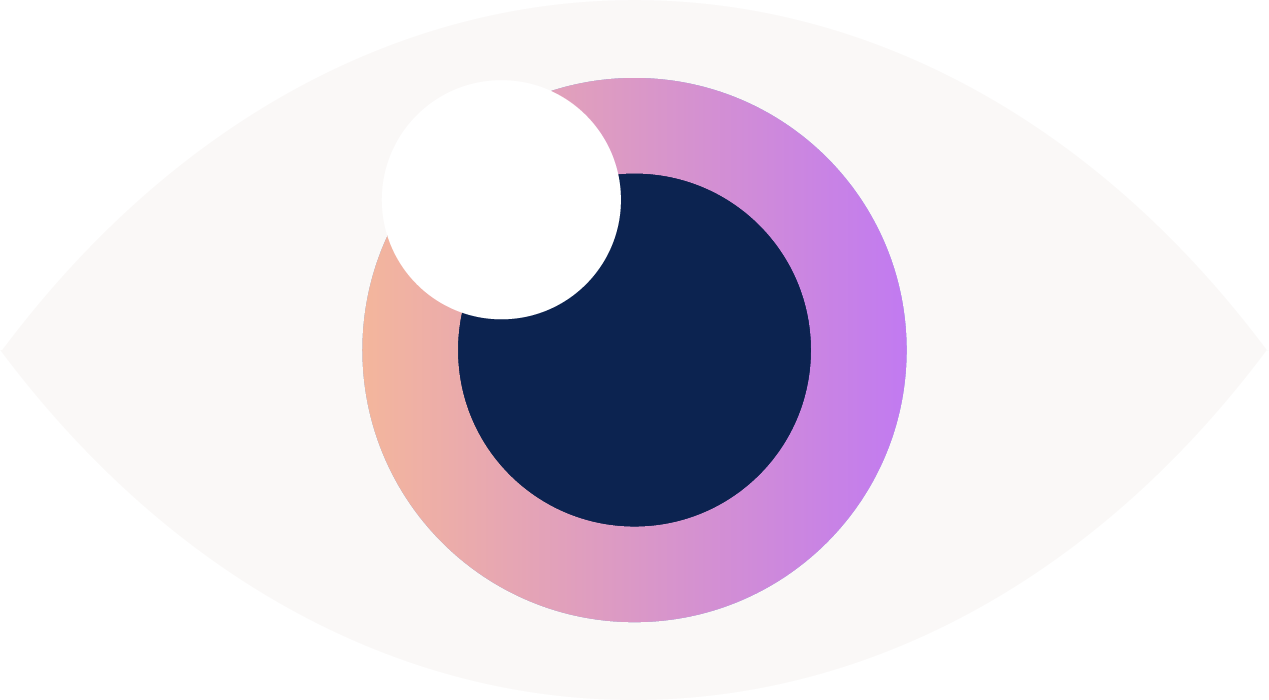Eye Twitching Explained: Causes, Fixes and When It Signals Something Serious
Listen On
As an ophthalmologist, I often see patients who are concerned about an annoying eyelid twitch, also known as myokymia. This involuntary muscle spasm is a common phenomenon that many of us experience, myself included. It's important to understand that myokymia is distinct from the more serious condition called blepharospasm. While myokymia is a localized, temporary twitch, blepharospasm involves both eyelids closing involuntarily, which can significantly impact daily life. Recognizing the difference between these two conditions is crucial for determining the appropriate treatment approach.
The Surprising Culprits Behind Your Eyelid Twitch
When a patient comes to me concerned about an eyelid twitch, the first thing I do is try to identify the underlying cause. Surprisingly, there are several common triggers that can lead to this annoying muscle spasm. Stress is one of the most prevalent factors, as our bodies release hormones like cortisol and adrenaline in response to stress, which can cause muscle tension and heighten nervous system sensitivity. Fatigue and lack of sleep also play a significant role, as our muscles, including those around the eyes, require proper rest and recovery. Caffeine overload is another common culprit, as the stimulant effects can overstimulate the nervous system and lead to muscle spasms. Eye strain from prolonged screen time is also a major contributor, emphasizing the importance of following the 20-20-20 rule to prevent this issue.
Addressing the Hidden Triggers: Dry Eyes and Nutrition
While the more obvious lifestyle factors can contribute to eyelid twitching, there are also some hidden triggers that are often overlooked. Dry eyes, a common condition that becomes more prevalent with age, can be a surprising cause of myokymia. When our eyes are not producing enough tears or the tears are evaporating too quickly, the resulting irritation can trigger the muscles around the eyes to spasm. Addressing dry eye symptoms with artificial tears can provide relief. Additionally, nutrition plays a role, as a deficiency in magnesium, a mineral essential for muscle function, can lead to increased muscle excitability and spasms.
When to Seek Medical Attention for Your Eyelid Twitch
In most cases, myokymia is a harmless and temporary condition that can be managed through simple lifestyle adjustments. However, there are certain red flags that warrant a visit to your eye doctor or primary care physician. If the eyelid twitch persists for longer than two weeks, becomes severe enough to affect your vision, or starts to spread to other parts of your face, it's time to seek medical attention. Additionally, if the twitch is accompanied by other symptoms like pain, redness, swelling, or changes in your vision, it's important to get it checked out, as it could be a sign of a more serious underlying condition.
Taking Control of Your Eyelid Twitches
The good news is that there are many practical steps you can take to manage and prevent those pesky eyelid twitches. Incorporating stress-reducing techniques like mindfulness, exercise, and creative outlets can go a long way in calming the muscles around your eyes. Prioritizing sleep, cutting back on caffeine, and staying hydrated are also crucial for maintaining eye health. Following the 20-20-20 rule to combat eye strain and addressing any dry eye issues with artificial tears can further help reduce the likelihood of myokymia. By addressing the underlying causes and making simple lifestyle adjustments, you can take control of your eyelid twitches and maintain optimal eye health.
Connect with Me:
Follow me on Instagram
- Have a question about this episode or a future topic? Reach out to me at hello@drrupawong.com
Don’t forget to subscribe to It’s Good to See You wherever you listen, and if you found this episode helpful, please leave a review to help more parents discover this show!





